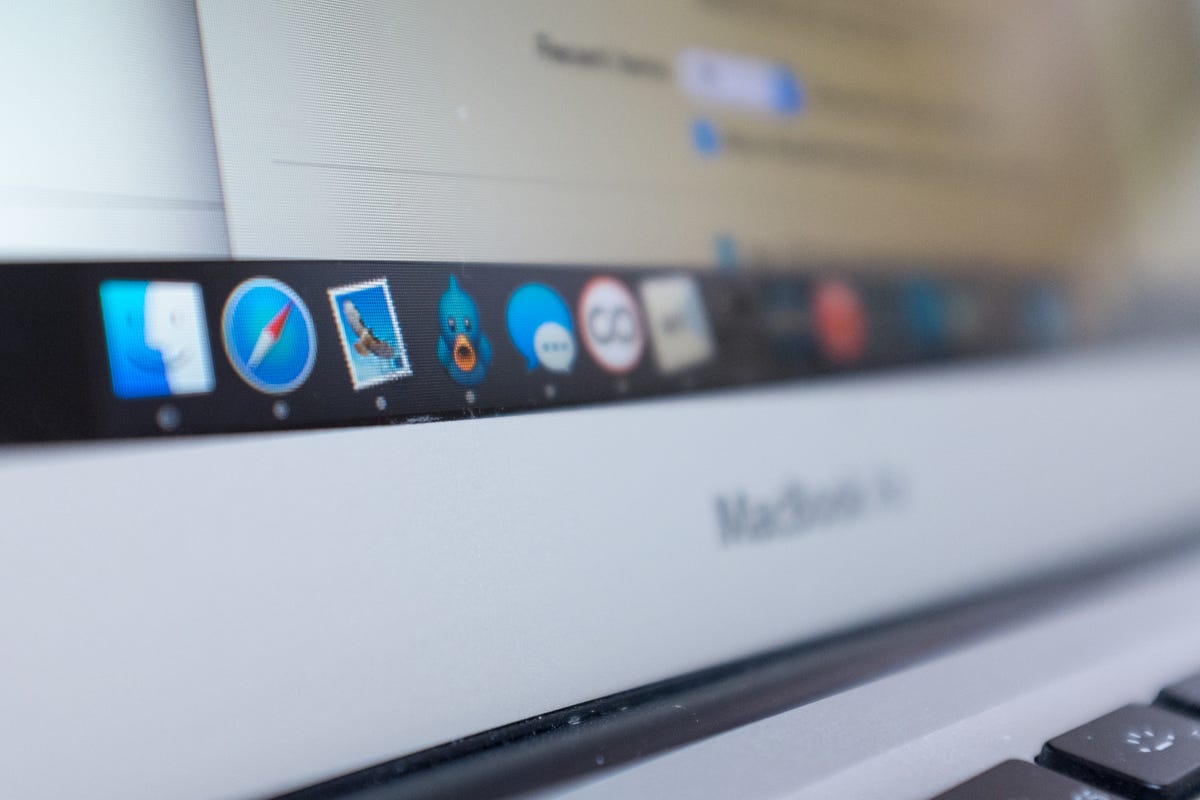This story is part of WWDC 2022, CNET’s complete coverage from and about Apple’s annual developers conference.

Jason Cipriani/CNET
The next big change for Apple’s computer software is to include even more features from the iPhone.
That’s the message from the Cupertino, Calif.-based company which announced the latest version of its computer software, called El Capitan, at an event in San Francisco Monday.
The newest software, which powers the company’s Mac computers, will follow an established trend of bringing successful features originally designed for Apple’s mobile devices to its desktops and laptops as well.
Some of the key new features included advancements for its Spotlight search function, allowing users to ask it about the weather, for example, or find stock prices and sports scores. The company also enhanced its search functions in apps like email, where they can easily find messages they hadn’t yet responded to. Apple also made it easy for two apps to run on the screen at once, a function called “split view.”
But one of the most important parts was performance. Craig Federighi, senior vice president of software engineering, said apps now start faster, and the computer can switch between them quicker too. The company also introduced its “Metal” software, originally designed for the iPhone and iPad, which makes it easier for developers to create visually sophisticated software.
Related stories
- Everything Apple announced at WWDC 2015
- Why Apple believes smarter services and devices won’t hurt privacy
- The WWDC keynote in pictures
- iOS 9 unveiled, with a ‘proactive’ Siri and smarter Maps
- Apple Music streaming service debuts
It has “improvements to experience and performance,” he said. There will be a public “beta” test in July, and it will be released in the fall.
Apple’s Mac operating system updates are key to the company’s efforts to grow in the computing market. Apple generates less than 15 percent of its total revenue from Macs, but the devices help the company build its ecosystem. And Apple of late has posted strong Mac sales in periods when the rest of the PC market has struggled.
To build customer loyalty and make sure users are accessing the most recent software, Apple in 2013 made Mac OS X 10.9, codenamed ,” free for download. 2014’s “Yosemite” also was free, helping to make it the most quickly used software Apple
One of the common threads in Mac software has been the increasing introduction of features originally designed for tablets and smartphones. Last year, the company overhauled the way software acts and looks in an attempt to make it look similar to the iOS software that powers iPhones and iPads. Apple has also built software like the Mac App Store in 2010, following success of the marketplace on its mobile devices.
“Yosemite” brought several new features, particularly the ability to synchronize text messages and take phone calls from an iPhone. Yosemite also included features that allowed users to “hand off” tasks, meaning a program opened on an iPad — such as writing an email or composing a text — could then be picked up on an iPhone or Mac.




